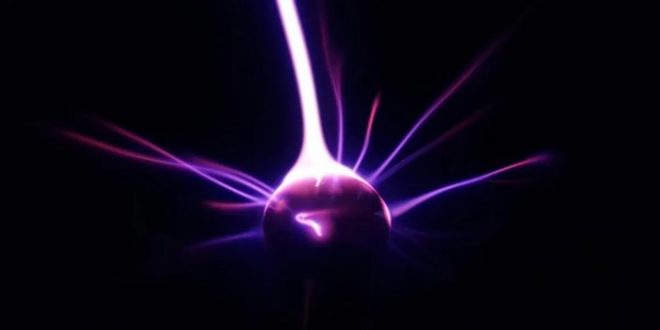Scientists have achieved a new record for measuring gravity at an extremely tiny scale, using a technology that they believe may be further refined to get even smaller observations. Its modest size might assist in investigating whether gravity is quantized and how general relativity and quantum physics can be unified.
In the early 20th century, it was discovered that energy is not continuous but exists in small units called quanta. This remarkable finding prompted many further investigations that revealed the quantization of additional phenomena. There is uncertainty over the extent to which time and gravity exist in very tiny packets that have not yet been discovered.
Quantized gravity is considered crucial for reconciling the seeming conflict between quantum mechanics and general relativity, the leading theory of gravity. Despite decades of searching, no evidence has been found to support this quantization theory, and there is no widely accepted theoretical explanation for how it might function. Recent experiments get us nearer to achieving that objective.
Dr. Tim Fuchs, who was formerly at Leiden University and is now at the University of Southampton, headed a team that used a levitating magnet to study the impact of gravity on a 0.43 milligram (0.000015 ounces) particle at a temperature of -273.14°C, which is only one-tenth of a degree above absolute zero.
The very low temperatures reduce the particle’s movement, enabling the scientists to detect a gravitational force of 30 attonewtons (3*10-17 N, or 0.00000000000000003 N) acting on it. This is bigger than the probable magnitude of gravity quanta, assuming they are real. Fuchs contends that the same approach may be further reduced to determine whether gravity can exert any force or is limited to discrete increments. The technique demonstrates that the overall charge on an oil droplet is consistently a multiple of a certain value and is similar to the one Robert Millikan used to first determine the charge of the electron.
The particle utilized is comparable in size to a grain of sand or sugar, falling within our familiar scale of measurement. Bricks weighing just 1 kilogram (2.2 pounds) generate the force, which is significantly less than the gravitational pull of the entire Earth. A wheel adjusted the weights to allow for the measurement of their impact on the particle at various distances.
Fuchs said that scientists had attempted for a century to comprehend the integration of gravity and quantum physics without success. We have successfully observed gravitational signals at the tiniest mass ever recorded, bringing us one step closer to understanding how it works in tandem.
“We will begin reducing the source using this technique until we reach the quantum world on both sides,” Fuchs said. Understanding quantum gravity might help unravel the mysteries of the universe, such as its origins, the workings of black holes, and the unification of all forces into a comprehensive theory.
In order for this to happen, quantum gravity must be shown to exist, a concept that some physicists are skeptical about. If Fuchs’ research does not detect quantization at even smaller pressures, criticism will intensify.
Gravity is difficult to quantify at tiny sizes because to its weak nature, despite the apparent simplicity of the concept. We may not see it due to the immense pressure of a planet unwilling to let us go. At the microscopic level, gravity is overshadowed by the other three forces, requiring experiments to account for this imbalance.
The researchers required sophisticated superconducting traps, accurate magnetic fields, and delicate detectors protected from vibrations to perform their research. Co-author Professor Hendrik Ulbricht said that they are expanding the limits of scientific knowledge. Studying these riddles will enable us to discover more information about the fundamental nature of the world, ranging from subatomic particles to vast cosmic formations.
 Tech Gadget Central Latest Tech News and Reviews
Tech Gadget Central Latest Tech News and Reviews




